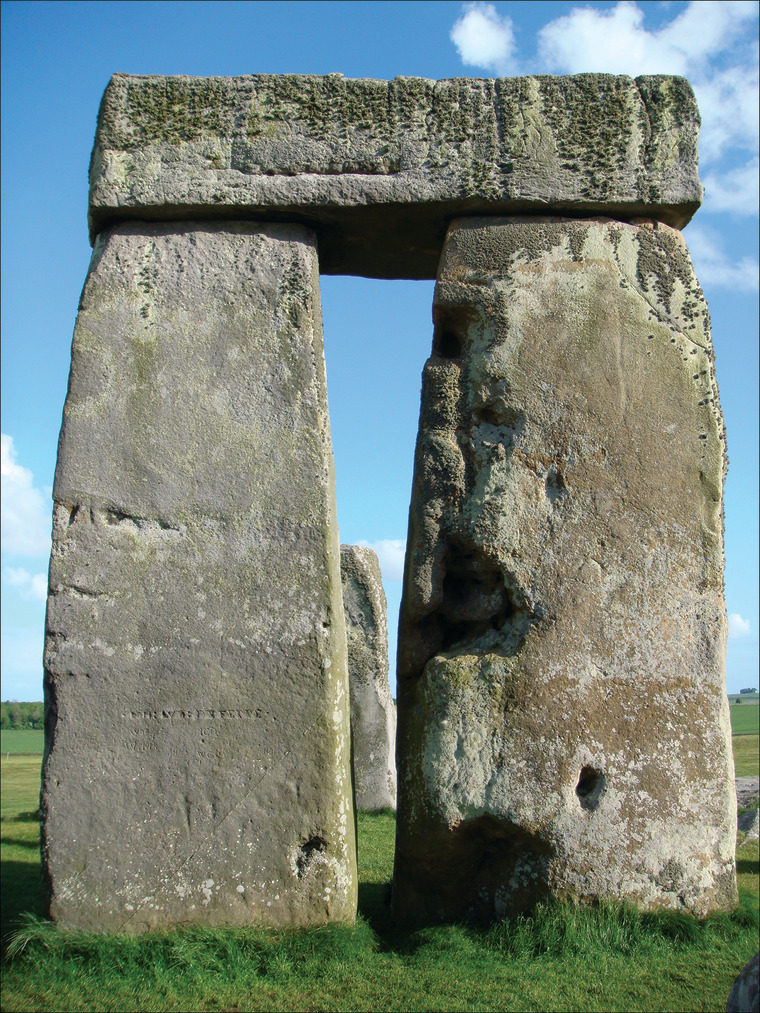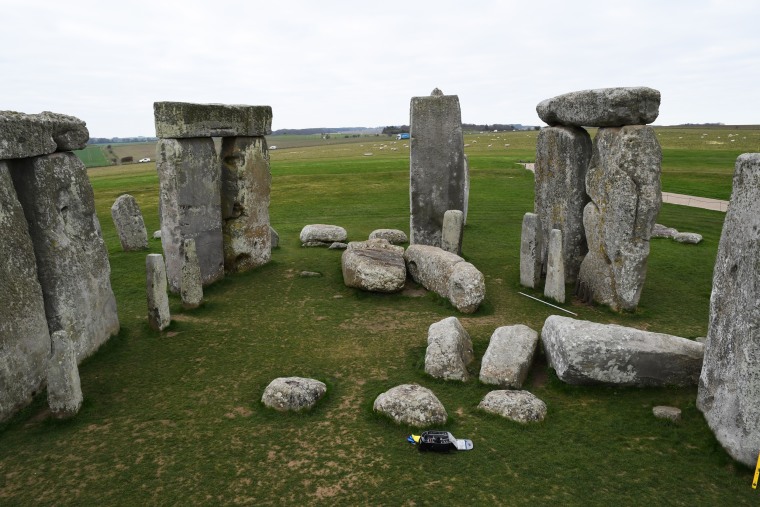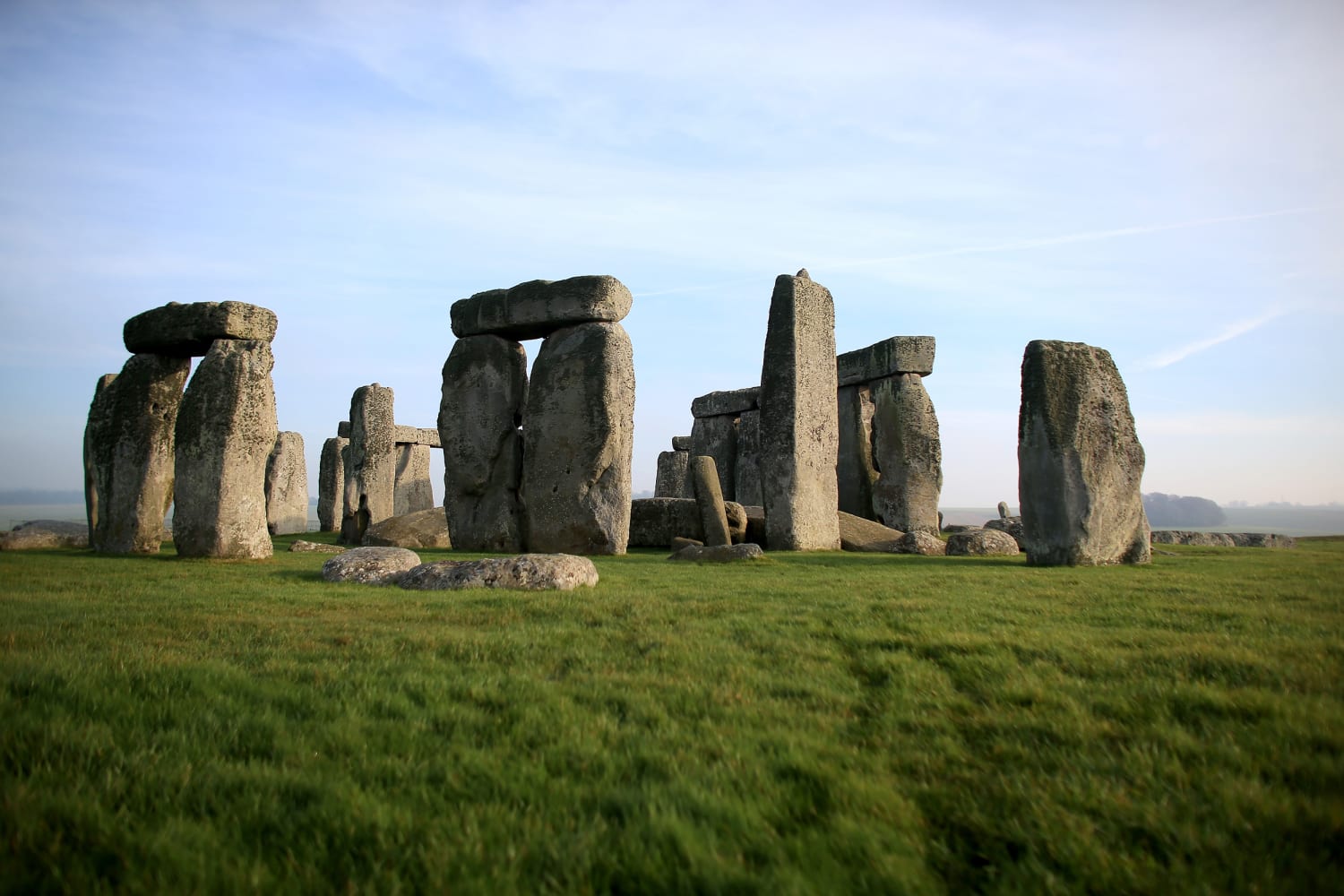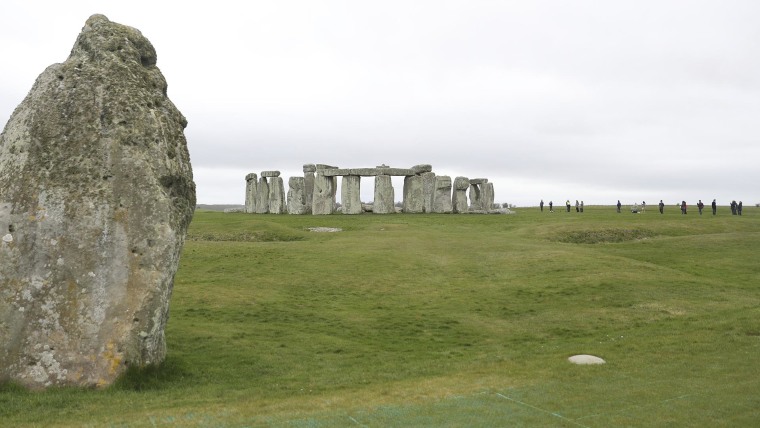Stonehenge may have served as a calendar to keep track of the yearly movements of the sun, suggesting a prehistoric link to sun worship in the eastern Mediterranean, according to new research.
A study published Tuesday in the journal Antiquity shows the largest stones at Stonehenge in southwest England may embody a solar calendar with 365¼ days each year — almost the same as the 365.2425 days used in modern solar calendars.
While some sort of calendar function has long been suggested for Stonehenge, none of the theories adequately explained how it might have worked — and the new research is only possible thanks to a better understanding of the ancient site, according to Timothy Darvill, a professor of archaeology at Bournemouth University in the United Kingdom and an author of the study.

It seems Stonehenge was primarily aligned to the winter solstice in the Northern Hemisphere — Dec. 22, according to the modern calendar — when the sun rises and sets at its southernmost points, resulting in the longest night and the shortest day of the year.
By aligning Stonehenge to the solstice and then using it to count the days in a year, the ancient monument could have accurately reflected the annual solstices and seasons for hundreds of years, Darvill said.
Stonehenge’s main circle now comprises 17 large stones known as sarsens — a word derived from the medieval English word “saracen,” which once referred to Arabs but came to mean anything pagan. But empty sockets in the ground reveal it was built as a full circle of 30 sarsens; the others have been since hauled away, probably for other buildings or roads.
According to Darvill’s theory, the sarsen circle reflects a “month” of 30 days. Each year would have 12 months for a total of 360 days, followed by five “epagomenal” days marked by the five massive “trilithons” — pairs of sarsens capped by a third lintel stone — inside the main circle, he said. (Two of the trilithon uprights and two of the lintels are now missing or fallen.)
In addition, the four-year period between “leap” years — when an extra day must be added to keep a solar calendar reasonably accurate — may have been marked by the four “station” stones in a rectangle outside the circle, he said. (Only two station stones remain today.)
Most of the sarsens were quarried at a single site a few miles away and in the same phase of construction at Stonehenge about 4,500 years ago, which reinforces the theory that they were deliberately placed to function together, Darvill said. They were also never moved in the later phases of construction at the site, which continued until about 3,500 years ago.

“Once a calendar is embedded in the sarsens, it stays there forever,” Darvill said. “The sarsens don’t move, therefore the calendar doesn’t move — it’s a perpetual calendar.”
He said smaller rocks may have been used inside the ancient stone circle to point to the current day, month and year, and moved as they changed. “There’s some really interesting bits and pieces found at Stonehenge, including some balls called maul stones — maybe one of those was used as a marker.”
Darvill also suggests the calendar at Stonehenge may have been influenced by ancient sun-worshiping religions in the Eastern Mediterranean, such as the cult of the Egyptian god Ra.
Local people could have developed such a calendar themselves, but similar counts for the days and months of a year were also used in ancient Egypt a few hundred years before Stonehenge was built, and people in Britain at the time may have been aware of these foreign developments, he said.
Darvill’s interpretation adds to a history of calendar theories for Stonehenge that goes back more than 100 years. Some suggested it aligned with certain stars or was a “Neolithic computer” that could predict eclipses. Others proposed it embodied a 16-month calendar or a “Celtic” calendar — all these ideas have now been discredited.
But the new theory doesn’t convince some other experts.
“It’s an interesting hypothesis but — like every attempt to prove that Stonehenge was a calendar — that’s all it can ever be,” said Matt Leivers, a consultant archaeologist at Wessex Archaeology in the U.K., who has studied Stonehenge for decades. “There’s no way to prove these things one way or the other.”
He also notes in an email that while the numbers 30, 5 and 4 are embodied in Stonehenge, the number 12 — supposedly the number of months — is not.
“There aren’t 12 of anything at Stonehenge,” he said. “That seems like a fairly major obstacle to me.”
Darvill also notes this. He suggests that the 12 months may have been represented by stones that have since been removed.
Ed Krupp, the director of the Griffith Observatory in Los Angeles and the author of several books on ancient astronomy, said Darvill’s interpretation is “completely speculative.”
Ancient monuments often sought to incorporate “cosmic principles” with astronomical alignments, he said in an email. But it made no sense to build a massive calendar of immovable stones when much smaller calendars would work as well.
“No one needs to go to all of the trouble to build a giant monument to keep track of the calendar,” he said. “That is not a good investment of resources.”
Source: | This article originally belongs to Nbcnews.com











